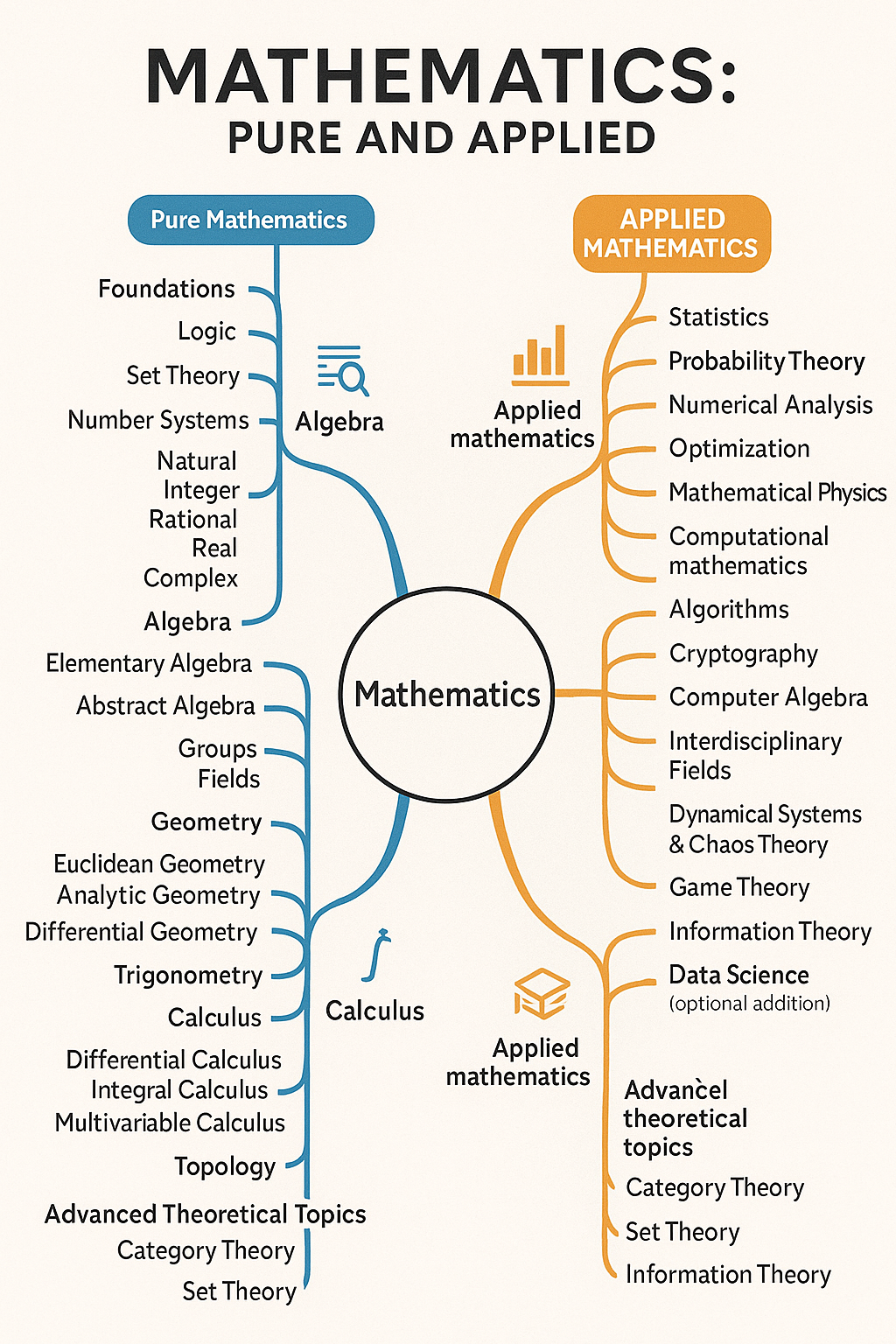Have you ever wondered why you are learning what you are learning? I am always intrigued! Curiously, I question my parents and teachers about the abstract concepts they teach. Without knowing how or where I would use that knowledge, it is meaningless information to me. Connecting my learning helps me appreciate and apply my knowledge more effectively.
Mathematics, which is the art of problem solving, is my favorite subject. Traditionally, mathematics is taught in an abstract way. Students are taught one topic after the other without broader context. Although basic arithmetic has day to day applications, most of the other concepts taught academically are not commonly applied in our lives. In fact, most of the students are unaware of how they are already using advanced math everyday. For example, we use probability in weather forecasts, calculus in GPS navigation, and linear algebra in search engines and facial recognition. I find analyzing mathematics quite fascinating and I keep looking for ways to find math in our everyday life.
Mathematics, as a discipline, has been around for thousands of years. The word mathematics comes from the Greek word “mathema” , meaning “that which is learned” or “study.” Initially, mathematics wasn’t just about numbers and equations—it referred more broadly to any area of study or knowledge. Over time, as mathematics evolved into a more specialized field, the term shifted to specifically refer to the study of numbers, shapes, patterns, and their relationships. Unsurprisingly, counting is the first origin of mathematical construct. Ancient humans used counting as part of the hunting process. Modern mathematics is broadly classified into two branches: pure mathematics and applied mathematics.

Pure mathematics is the study of abstract mathematical concepts like number systems, algebra, geometry, trigonometry, calculus to name a few. It is the branch of mathematics that is inquiry based and is driven by the pursuit of knowledge. Being the fundamental and foundational aspect of the field of math, it has mathematical properties, theories (group theory, number theory) and theorems (Pythagorean theorem) to understand the basic principles of mathematics.
Applied mathematics, as the name suggests, refers to the practical use of mathematical concepts. With this part of mathematics, we solve real world problems in various fields such as science, physics, engineering, finance, economics, and computer science. Probability, statistics, and numerical analysis are some examples of applied mathematics. The drastically evolving field of artificial intelligence is heavily built on many mathematical concepts like linear algebra, probability, and dynamic systems, which are all part of applied mathematics.
As I dive deeper, I notice how each of these concepts are interconnected. I see mathematics as a way of understanding the world around us. Each of these concepts are building blocks. Mathematics teaches us to review, analyze, interpret, and identify patterns. While I may not fully understand why math is often taught in such an abstract way, I believe that if we begin teaching with the “why” behind the concepts, it becomes easier for students to engage with the subject and eventually apply their knowledge. Understanding the applicability helps them to learn with an open mind. By zooming out and connecting the whole story of mathematics, we can better appreciate its beauty not just in numbers, but in everything around us.
